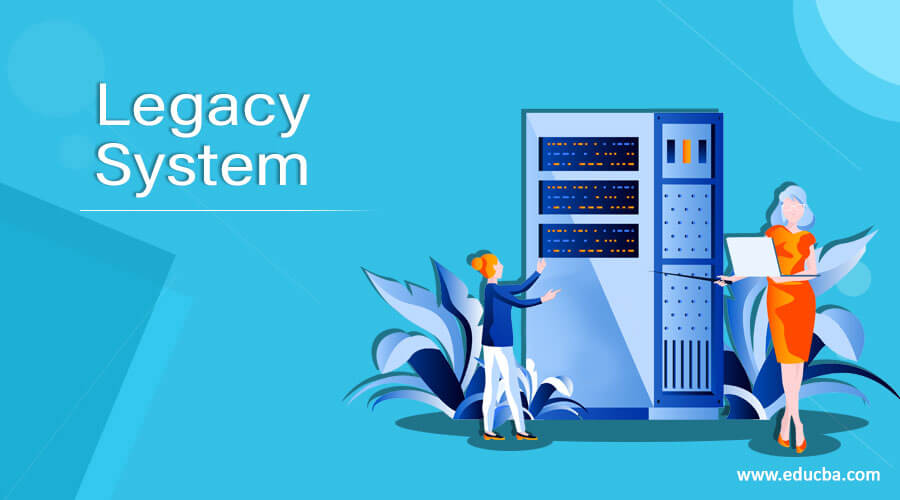Legacy modernization has become a necessary process for companies to survive in today’s competitive marketplace. Through this process, companies revisit their technologies to ensure they are meeting expectations of both customers and employees. With outdated technologies, everyday processes can quickly become overly burdensome and end up wasting resources that could be better applied elsewhere.
Many different approaches to legacy modernization have been developed over the years, and organizations need to be strategic about the decisions they make in terms of balancing return on investment. This leads to the question of how to evaluate the impact of a legacy modernization effort. Assessing this impact is critical for making the right choices in the future, but it’s not always a straightforward process.
How to Account for Varying Levels of Organizational Impact
Evaluating the impact of legacy modernization can be difficult because it’s not all about the bottom line. Of course, looking at any financial impact is important, but if that number does not move significantly and immediately, this does not necessarily mean the project failed.
The other factors to measure in terms of gauging success depend on the intentions behind the modernization project. Organizations may modernize legacy systems to achieve a wide range of different goals, or simply to respond to issues that have become too critical to ignore. This speaks to one of the key guiding principles of legacy modernization evaluation: having clear intentions for each project and using these goals to guide and then assess the project.
Once the goals of a project have been identified, an organization can begin to look at the various ways the legacy modernization project contributed to achieving them. In doing so, it is important to consider direct and indirect contributions.
For example, imagine that a legacy modernization project had the goal of lowering overhead costs. To accomplish this, a new project was implemented to move services to the cloud and thereby get rid of much of the hardware used by the organization. This reduction in monthly expense is a direct effect, but there are also other things to consider. For example, the added security of the new system may have prevented a costly data leak. Perhaps the enhanced data-sharing capabilities of the cloud increased productivity by 10 percent. It can be tricky to identify these indirect contributions, but they must be considered in any accurate assessment.
Why Legacy Modernization Needs a Multidisciplinary Approach
When it comes to legacy modernization, it can be tempting to leave the brunt of the responsibility with the IT department. Certainly, this department needs to play a significant role in the development and implementation of a plan, but they should not be the only ones contributing to the plan or evaluating its efficacy.
As companies grow, they will have competing needs, and legacy modernization projects should aim to address as many of these needs as possible. However, it’s impossible to understand these needs and to evaluate whether they’ve been satisfied without voices from different departments contributing to the conversation. Including people from different teams helps ensure the goals of legacy modernization are appropriate for the organization as a whole.
Moreover, legacy systems typically form the core of an organization’s operations and altering these systems can have unintended consequences, both good and bad. Involving representation from various teams helps with anticipating all potential impacts.
Unintended consequences that go unrecognized and unaddressed can be disastrous for an organization. While these problems may eventually be fixed, it may be extremely costly to do so, or the fixes may happen too late to reverse a lot of the damage. Recognizing these problems early is crucial to preventing serious problems. Furthermore, recognizing unintended positive impacts can point to areas for future development.
How to Feed Evaluations Back into Future Modernization Plans
Assembling a team to identify strategic goals for legacy modernization and then mobilizing them again to give feedback involves a lot of time and administrative burden. To get any sort of return on this, it is essential to use the feedback to inform future development plans. This is where a central organizer comes in. Usually, this person is an IT leader, but not necessarily. Someone—or better yet, a team—needs to be present for the variety of conversations that take place before and after implementation. The team must work to obtain a clear sense of the overall feelings about the new technology by gathering feedback. Surveys, questionnaires, focus groups, and other formats can work well for gathering feedback in a systematic, organized way. The team can then use this feedback to suggest future changes.
Importantly, this process cannot happen in a vacuum. In other words, the central organizing team cannot simply listen and act, as that will leave people feeling alienated and as though their opinions were not heard. Instead, the central organizer needs to use the feedback to sell plans to employees and get their buy-in.

